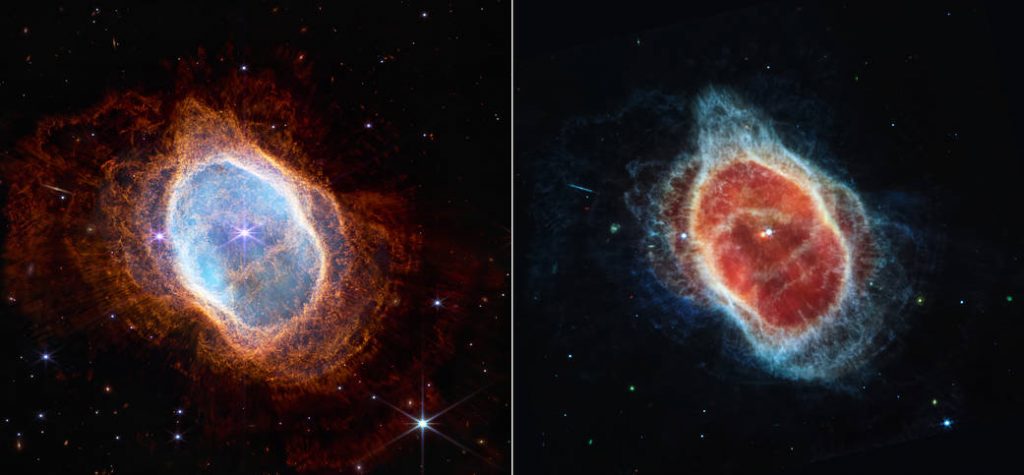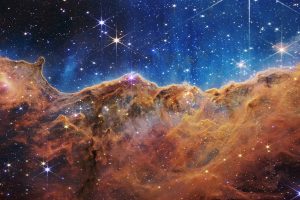Observing the beginnings of the universe, finding out what order it had and what the dynamics of the ancient galaxies were like, are some of the answers that the scientific community hopes to obtain now that the james webb telescope delivered the first images from space after starting its mission on December 25, 2021.
The astronomer from the University of Concepción, Lady Pena Contreras, explained that this telescope is much more powerful than Hubble and that “it will work like a time machine; in the sense that we are going to be able to look far back in time and we are going to be able to observe moments of the universe that we cannot look at with other telescopes, neither on land nor in space, not even with Hubble”.
“We are going to go to a stage of the Universe where the first galaxies and we will be able to understand the organization of the universe back then and extrapolate it to how it looks now,” he added.
On Tuesday, July 12, NASA released the first images captured by the most powerful telescope ever designed and put into orbit by the human race. These are unpublished records in full color and high resolution that, due to its technology – it works in infrared – allows it to cross interstellar dust and thus delve into “older” corners of the universe.
The James Webb Telescope is the result of the collaborative work of twenty countries, built and operated jointly by NASA, the European Space Agency, and the Canadian Space Agency.

Functioning
“The James Webb is dedicated to looking in infraredInstead, Hubble has concentrated on looking mostly optically. This makes the resolution capacity of the James Webb much better, which allows us to observe many more structures that are not observed in the wavelength of the optical field. In addition, the capacity of this new telescope is betteras it has the ability to take deep-field images of objects that are cold or faint much faster than the Hubble telescope”, explained the UdeC Astronomer.
He added that, unlike Hubble, which takes longer to capture an image of this type, James Webb, having a bigger mirroris a great advantage to observe the ancient universe.
In relation to the results shown, Lady Peña stated that “good quality images were expected, but seeing them really impresses. Were really revealing: the colors, the gravitational lenses, the depth, really impressive. Rationally, something like this was expected, but we were still surprised.”
With this material, “what is expected is to get to know the universe better and in greater depth, its dynamics and, above all, its history, because today it remains an enigma. With this telescope it is also hoped to search for the habitability of other worlds and even explore the possibility of signs of life”, detailed the UdeC astronomer.


![[Img #74662]](https://thelatestnews.world/wp-content/uploads/2024/12/Organisms-with-the-shortest-life-150x150.jpg)










![[Img #74662]](https://thelatestnews.world/wp-content/uploads/2024/12/Organisms-with-the-shortest-life-300x200.jpg)


Add Comment